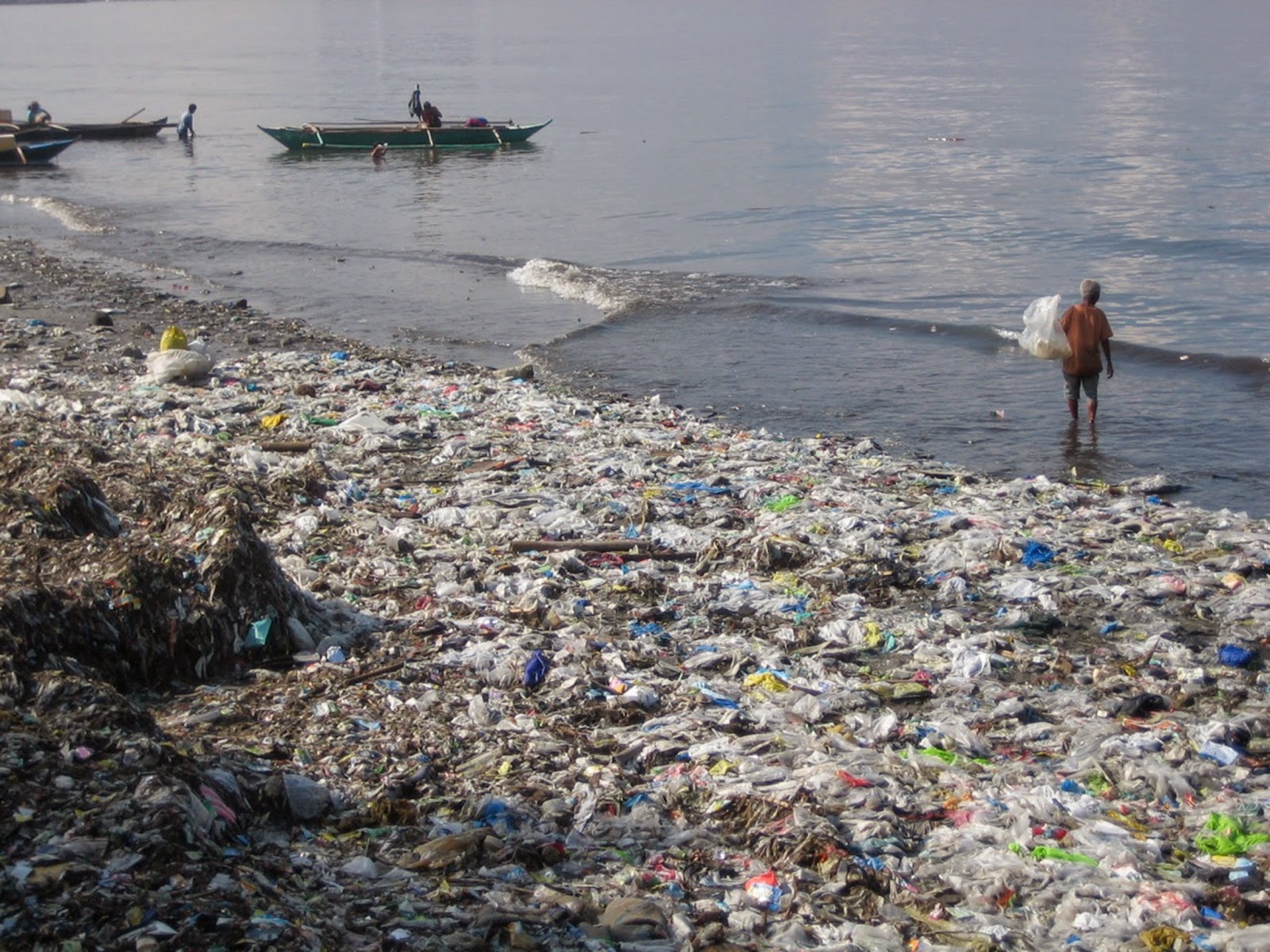Ocean Location
Commonly known as the Great Pacific Garbage Patch, the Western and Eastern garbage patches float within the North Pacific Gyre. The Western garbage patch is located East of Japan and West of Hawaii. The Eastern garbage patch is located between Hawaii and California. These two garbage patches are linked by a 6,000 mile long current known as the Subtropical Convergence Zone. About 10% of the 200 billion pounds of trash produced by humans annually, lands in the ocean, and eventually accumulates in these garbage patches. In addition, over 80% of ocean trash is estimated to originate on land. It is estimated that the Great Pacific Garbage Patch is approximately two times the size of Texas: about 537, 640 square miles. Most of the garbage accumulated in these areas consists of plastic because plastic does not biodegrade. Instead, plastic tends to photo degrade, meaning that sunlight slowly breaks down the plastic into smaller compounds.
Plastic Accumulated on Coastlines
Birds Affected by Consumption of Harmful Substances
For one, tourism is affected, as coastlines are lined with increasing amounts of trash, degrading the nice ocean views. But most importantly, human health is at risk because poisonous substances or toxins can enter the food chain. The consumption of seafood can become a health problem simply because we are unaware of the harmful substances that marine animals have consumed, and that we will potentially consume.



No comments:
Post a Comment